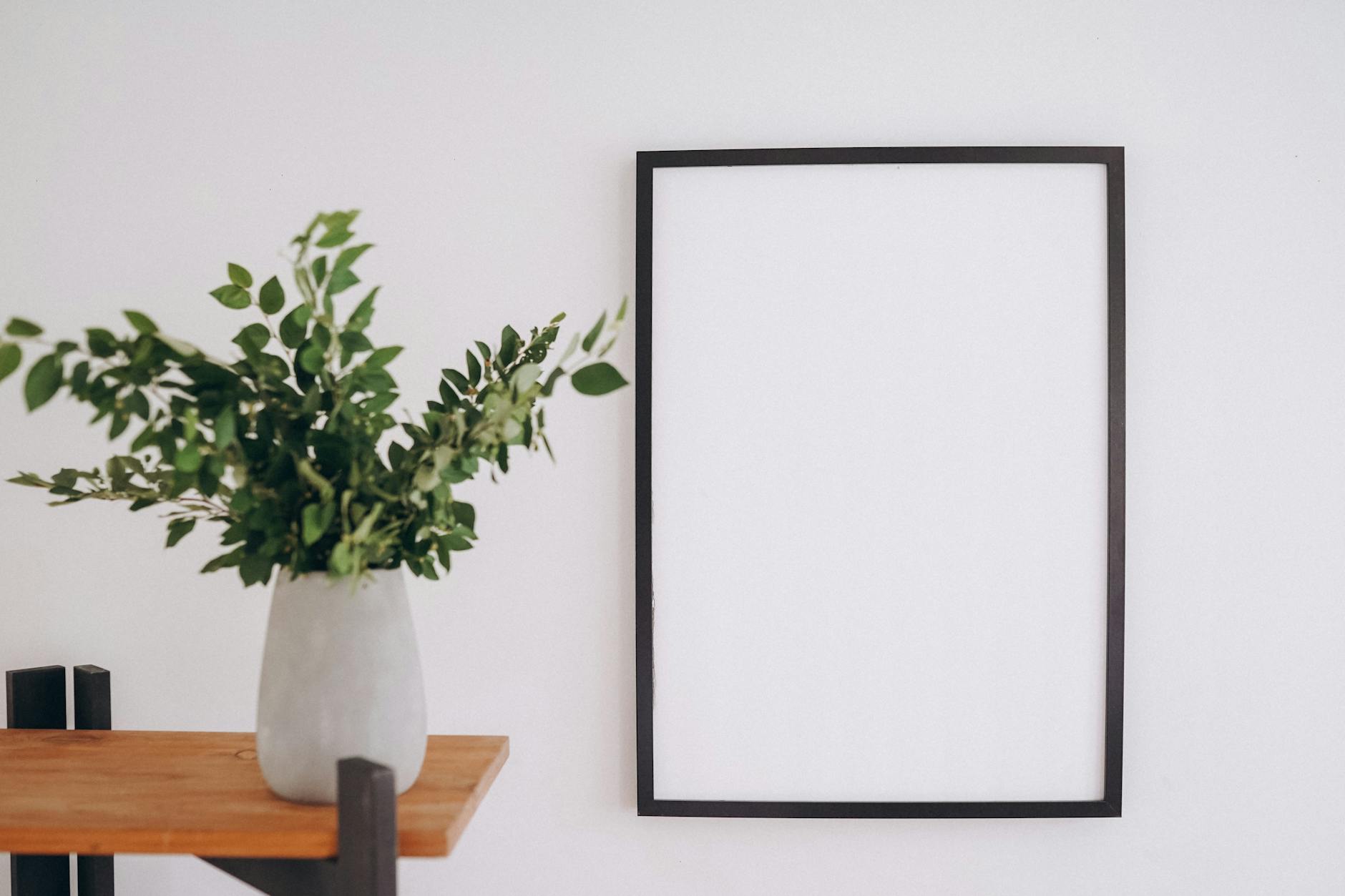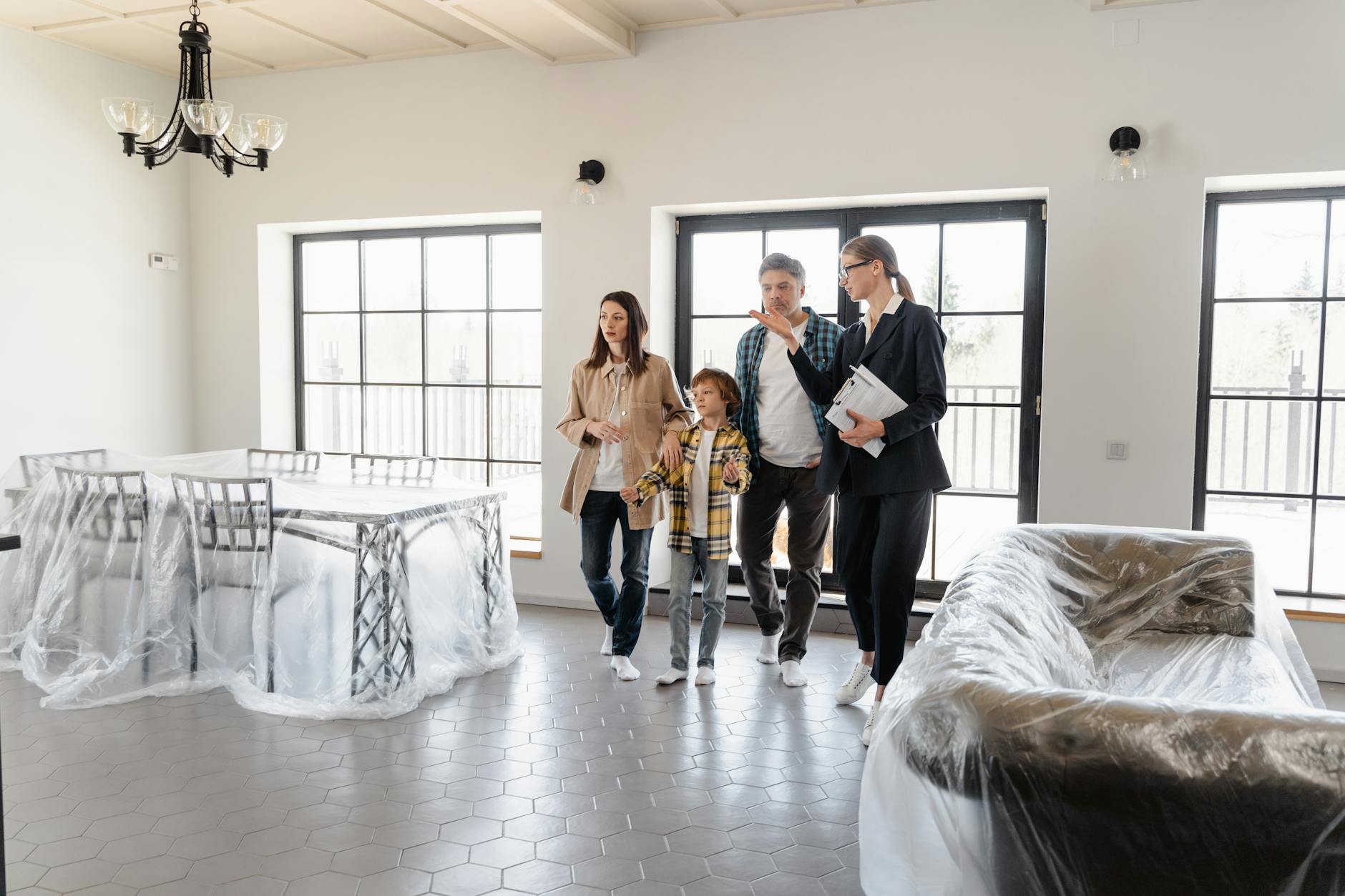The formal living room. A space often envisioned as stuffy and antiquated, yet possessing a timeless elegance that’s hard to resist. It’s a room designed for sophisticated gatherings, quiet contemplation, and showcasing personal style with refined restraint. This isn’t a space for casual lounging; it’s a stage set for moments of grace and grandeur. Let’s explore how to create this atmosphere.
Choosing the Right Furniture
Selecting furniture for a formal living room is about finding pieces that exude quality and sophistication. Think classic silhouettes, rich fabrics like velvet or damask, and perhaps a touch of antique flair. A statement sofa, usually placed centrally, acts as the anchor point. 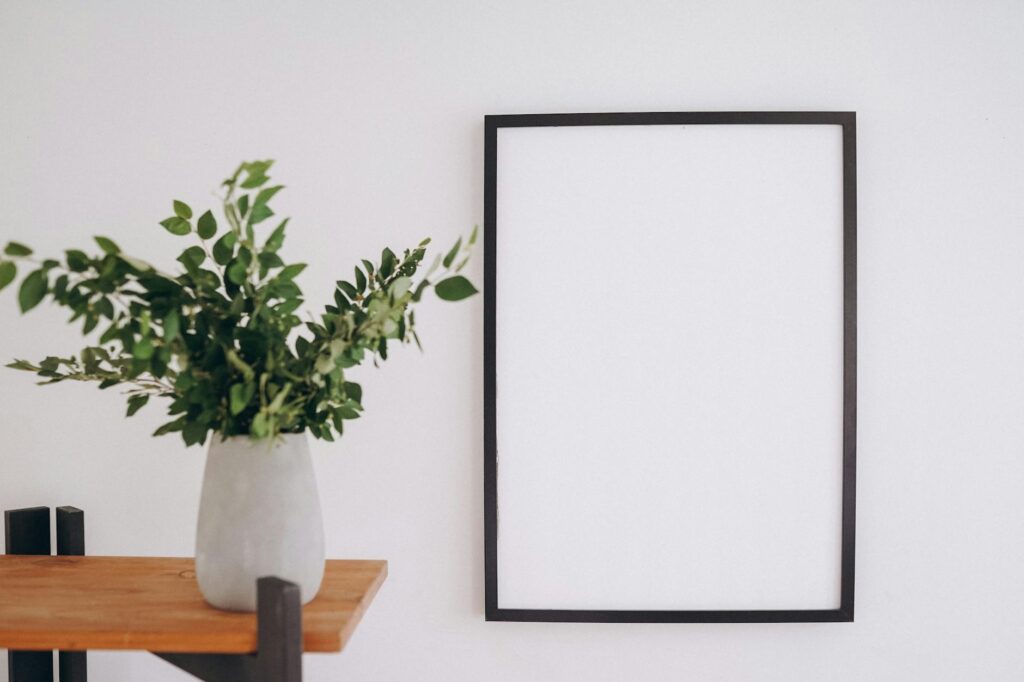 Consider pairing it with armchairs in complementary fabrics and a tasteful coffee table, mindful of scale and proportion. Remember, less is often more in a formal setting; avoid overcrowding the space. For additional seating, consider stylish ottomans or a chaise lounge for a touch of luxury.
Consider pairing it with armchairs in complementary fabrics and a tasteful coffee table, mindful of scale and proportion. Remember, less is often more in a formal setting; avoid overcrowding the space. For additional seating, consider stylish ottomans or a chaise lounge for a touch of luxury.
The Importance of Lighting
Lighting is crucial in setting the mood and highlighting the room’s architectural details. A combination of ambient, task, and accent lighting is ideal. A grand chandelier can be a stunning focal point, providing ambient light 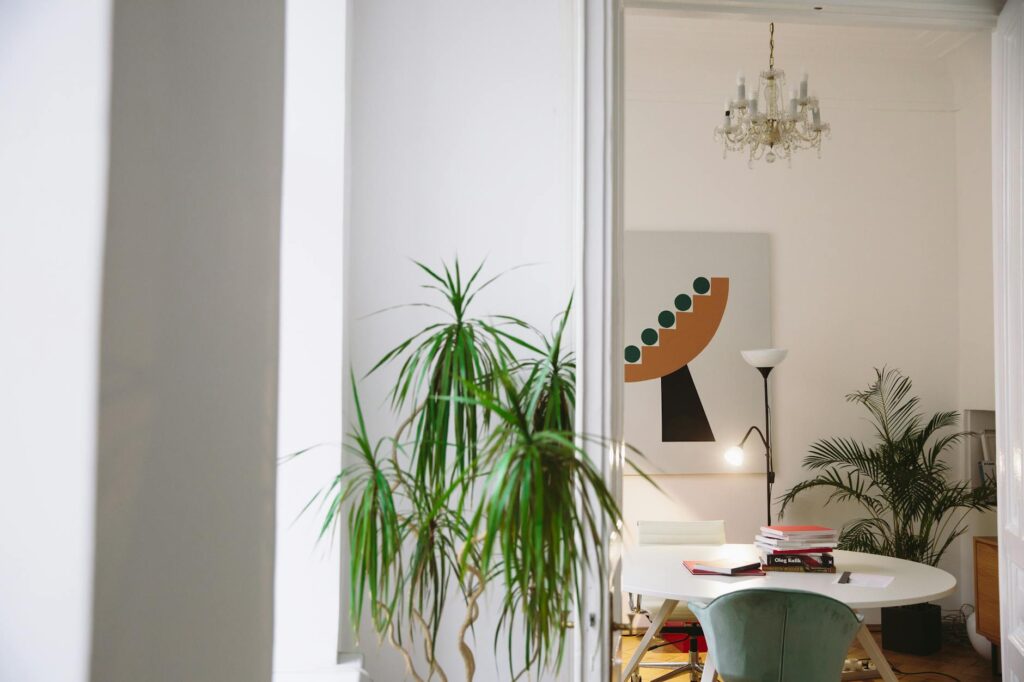 . For task lighting, elegant table lamps or floor lamps near seating areas allow for comfortable reading or conversation. Accent lighting, such as strategically placed sconces, can highlight artwork or architectural features. Consider incorporating dimmable switches for versatile control over the ambiance.
. For task lighting, elegant table lamps or floor lamps near seating areas allow for comfortable reading or conversation. Accent lighting, such as strategically placed sconces, can highlight artwork or architectural features. Consider incorporating dimmable switches for versatile control over the ambiance.
Color Palettes and Wall Treatments
Formal living rooms often feature sophisticated color palettes. Neutral backgrounds, such as creams, greys, or soft blues, provide a versatile backdrop for showcasing artwork and furniture. Consider adding depth and texture through wall treatments like wallpaper or textured paint. 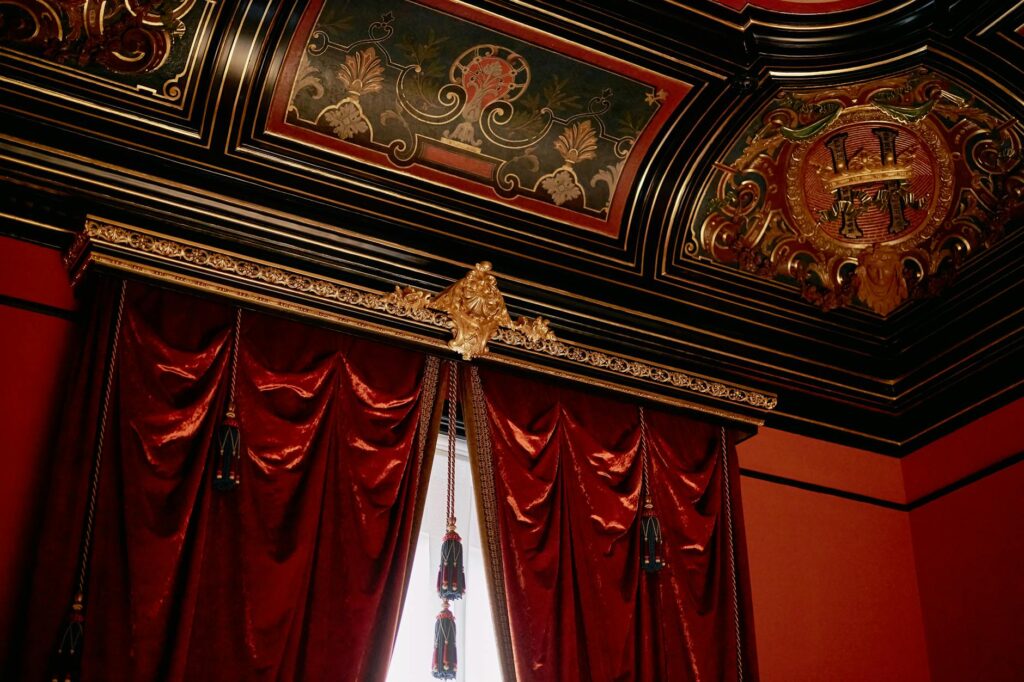 A striking feature wall can add visual interest, but remember to keep the overall scheme balanced. Choosing the right paint color can significantly impact the mood and feel of the room. Darker shades can create an intimate and luxurious feel, while lighter shades promote openness and brightness.
A striking feature wall can add visual interest, but remember to keep the overall scheme balanced. Choosing the right paint color can significantly impact the mood and feel of the room. Darker shades can create an intimate and luxurious feel, while lighter shades promote openness and brightness.
Accessorizing with Elegance
Accessories are the finishing touch that elevates a formal living room from merely elegant to truly exceptional. Carefully curated artwork, antique mirrors, or exquisite sculptures add personality and sophistication. Remember, the key is quality over quantity. A few well-chosen pieces will have a more significant impact than an abundance of clutter. Incorporate elements that reflect your personality and interests, such as family heirlooms or travel souvenirs. Adding fresh flowers or greenery can also bring a touch of life and vibrancy to the space. For inspiration, browse some high-end interior design blogs to see how professionals use accessories to create stunning formal living rooms.
Creating a Sense of Flow and Proportion
Maintaining a sense of flow and proportion is key to creating a harmonious formal living room. Ensure that furniture is arranged in a way that encourages easy movement and conversation. Avoid blocking pathways or creating cramped spaces. Consider the scale of your furniture in relation to the room’s size. Oversized furniture can overwhelm a small room, while undersized pieces can get lost in a large one. Professional interior design help can assist with creating the perfect balance.
Conclusion
Creating a formal living room is about more than just selecting beautiful furniture; it’s about crafting a space that reflects your personality and inspires a sense of timeless elegance. By carefully considering furniture selection, lighting, color palettes, accessories, and overall flow, you can create a truly exceptional room for entertaining, relaxing, and making lasting memories. Remember to always prioritize quality and craftsmanship—it’s the hallmark of a truly formal space. [IMAGE_4_HERE]
Frequently Asked Questions
What is the best way to incorporate antiques into a formal living room? Start by selecting one or two statement pieces that act as focal points. Don’t be afraid to mix antique and modern elements for a balanced and sophisticated look.
How can I add personality to a formal living room without making it feel cluttered? Choose accessories and artwork that reflect your personal style and interests. Curate a collection of meaningful items rather than accumulating a large quantity of objects.
What are some common mistakes to avoid when designing a formal living room? Overcrowding the space, using too many clashing colors, and neglecting proper lighting are all frequent missteps. Proper planning and a cohesive design concept can help avoid these issues.
What is the best type of flooring for a formal living room? Hardwood flooring is a classic and elegant choice for a formal living room, but other options, such as high-quality carpeting or large-format tiles, also offer sophistication.
How important is the placement of the sofa in a formal living room? The sofa is usually the central piece and dictates the flow of the room. Its placement should maximize space, encourage conversation and easy movement throughout the room. This article provides more details on furniture arrangement.

